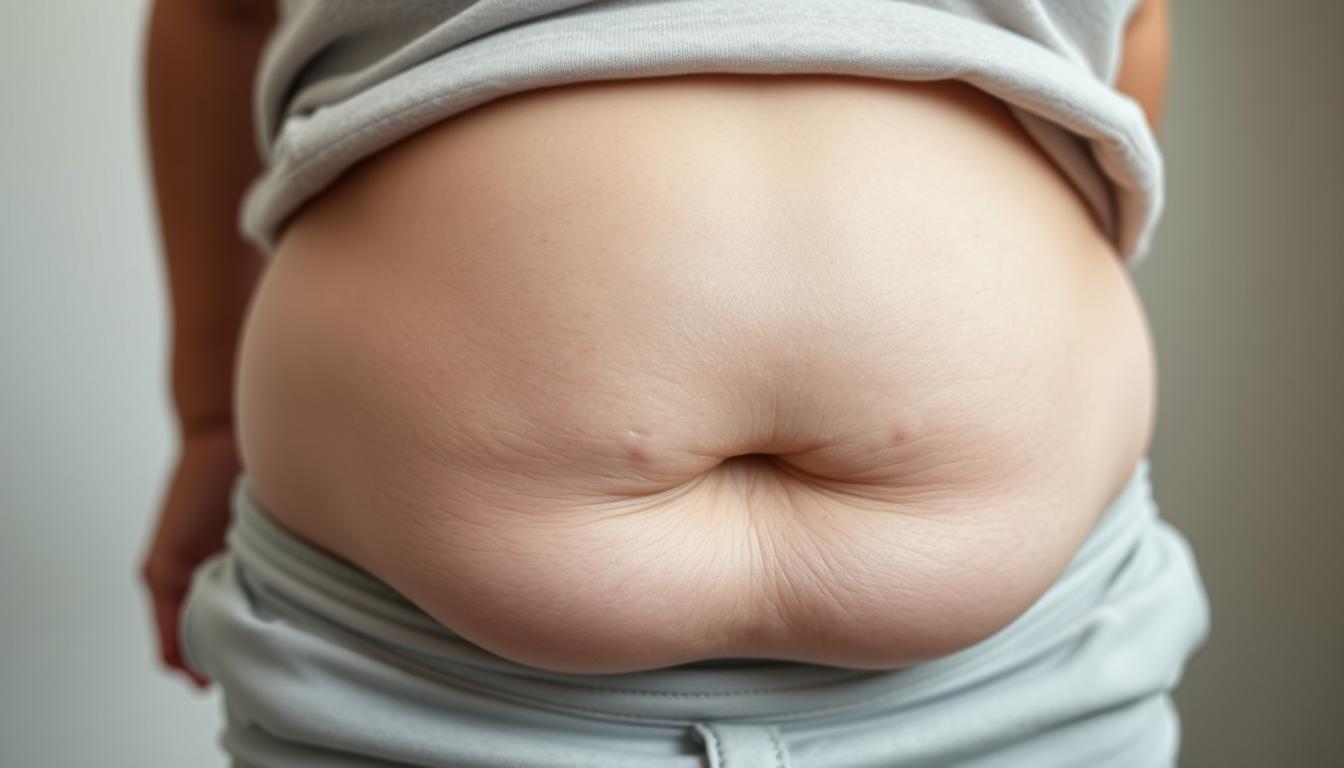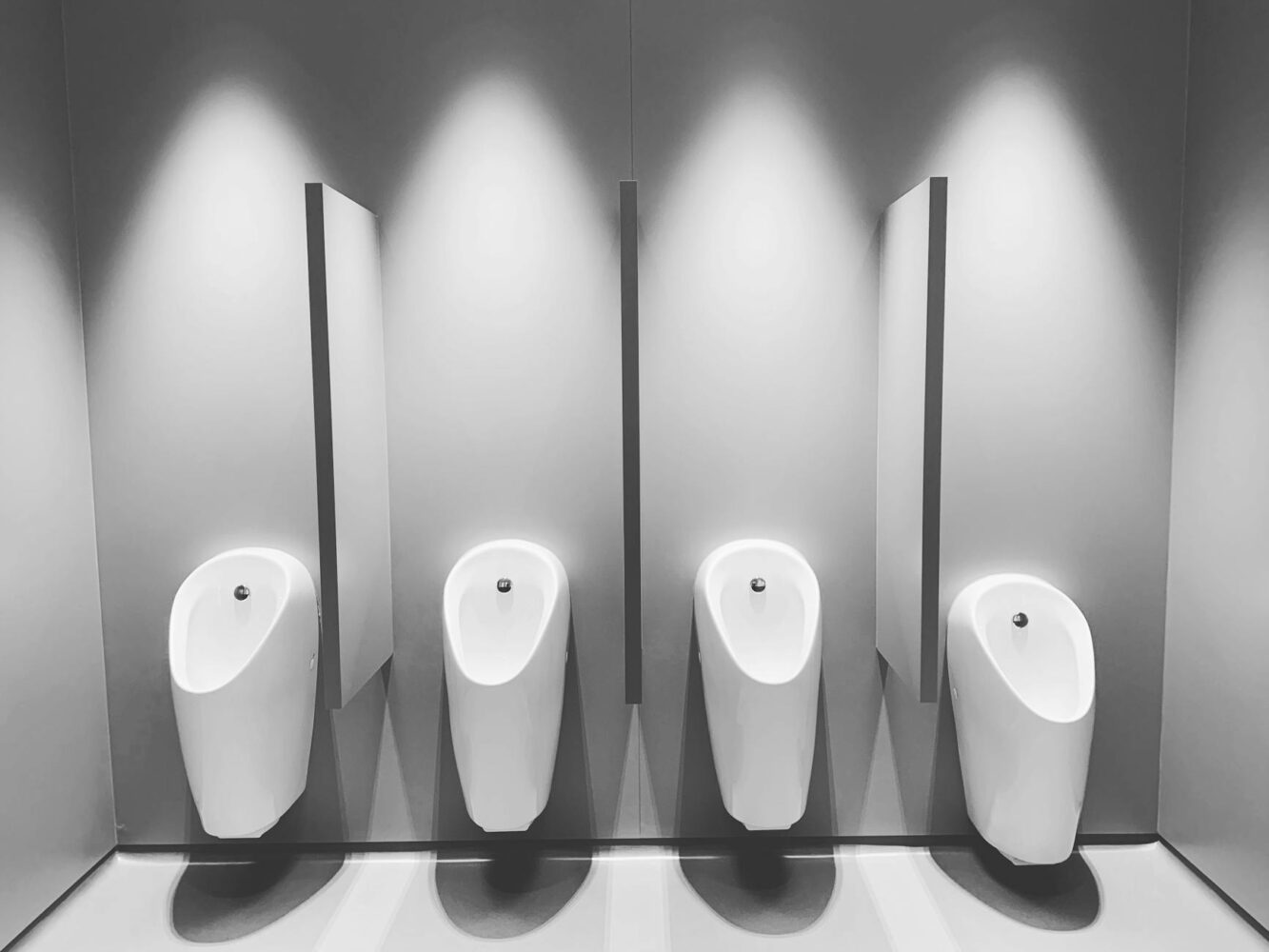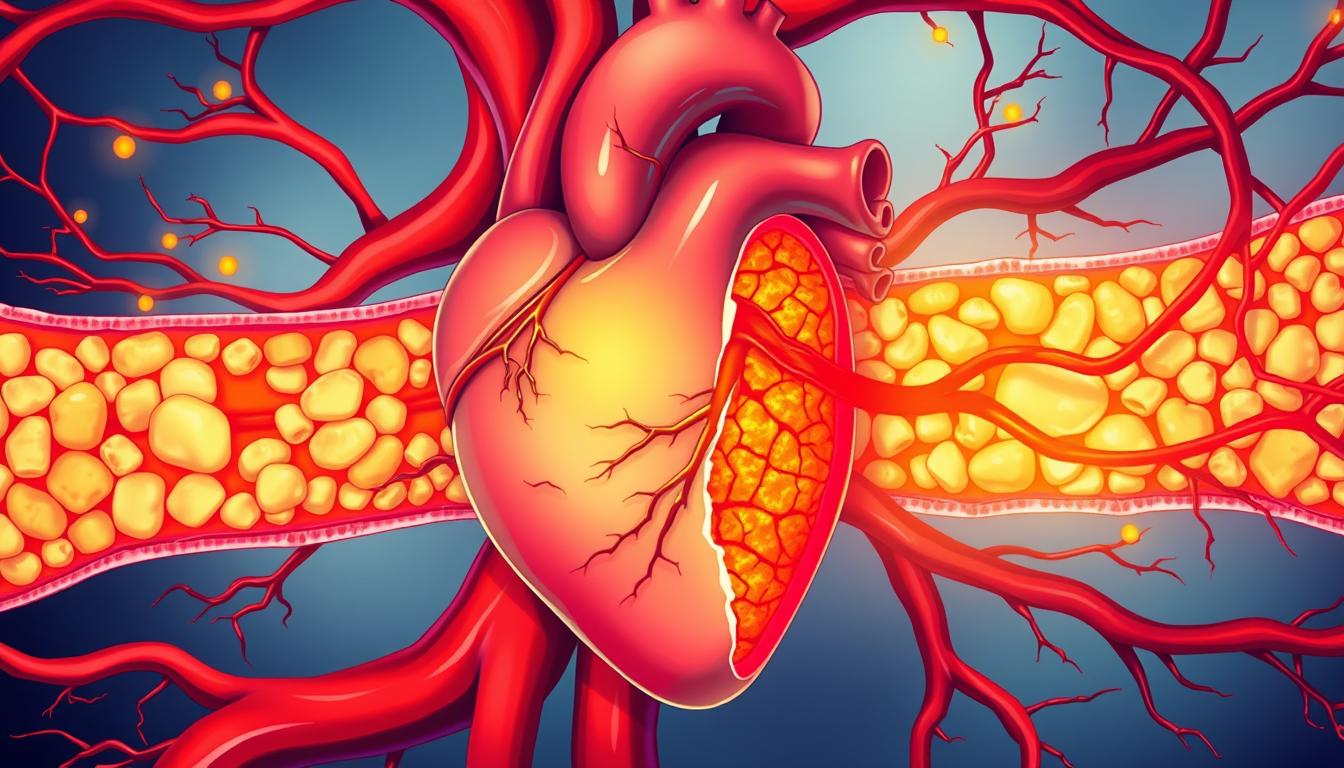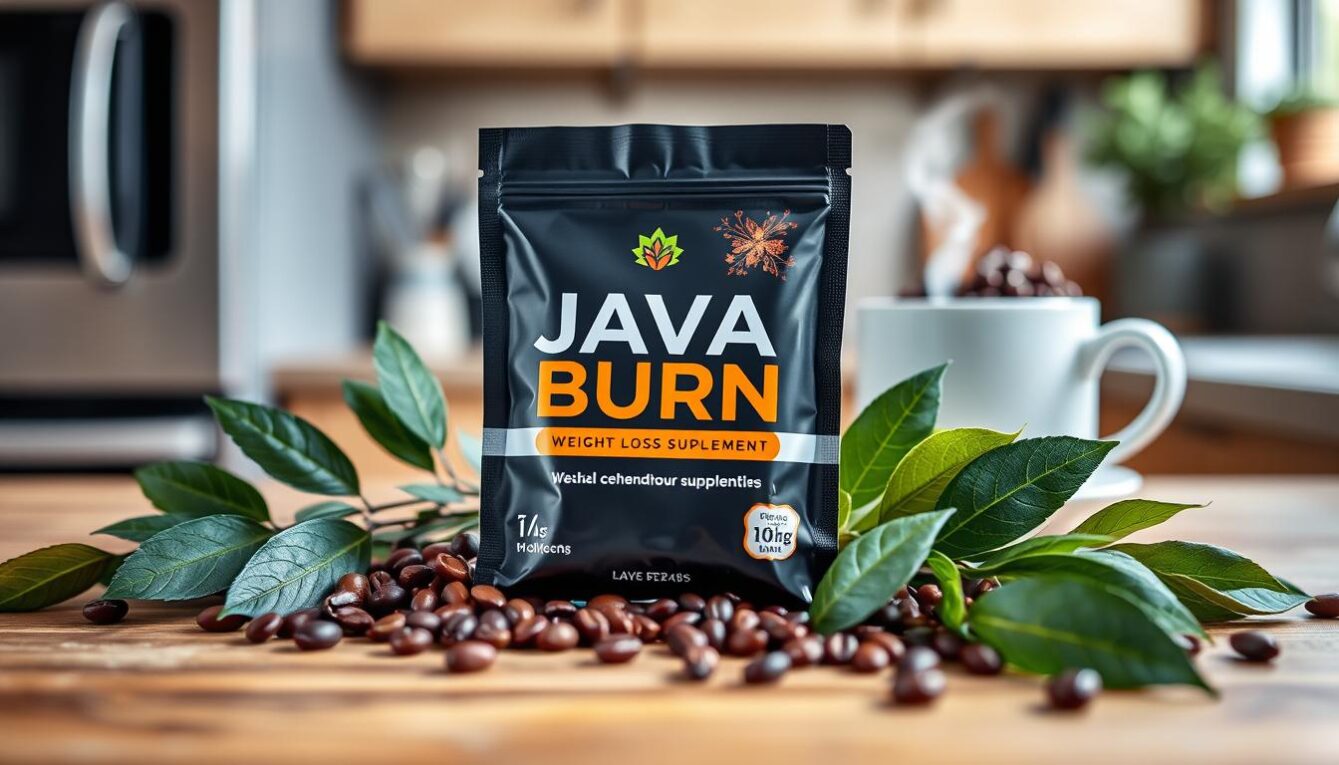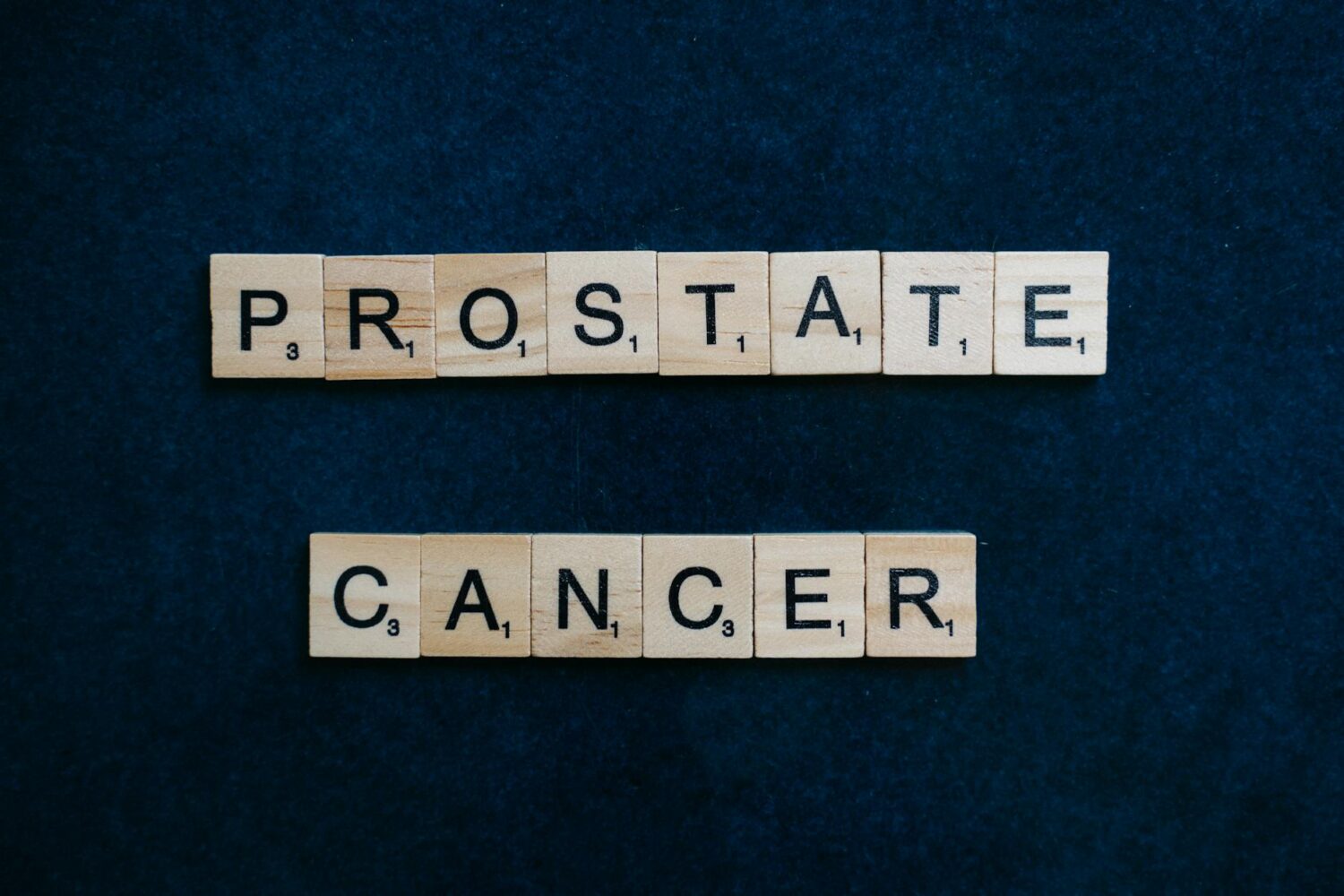As you age, shedding excess belly fat becomes increasingly challenging, yet it’s crucial for maintaining overall health. For men over 50, this task is particularly daunting due to physiological changes that make fat loss more stubborn.
Excess abdominal fat, particularly visceral fat, is linked to a higher risk of chronic conditions like type 2 diabetes and heart disease, which can significantly impact your quality of life.
Understanding the connection between fat accumulation and prostate health is vital. Hormonal changes in men over 50 can contribute to both increased belly fat and prostate concerns, making a comprehensive approach to fat loss essential.
Key Takeaways
- Losing belly fat after 50 is challenging but crucial for overall health.
- Physiological changes in men over 50 make belly fat more stubborn.
- Excess abdominal fat is linked to higher risks of chronic conditions.
- Hormonal changes contribute to belly fat and prostate concerns.
- A comprehensive, prostate-friendly approach to fat loss is necessary.
Understanding Belly Fat and Its Impact on Men’s Health
Excess belly fat is a ticking time bomb for men’s health, increasing the risk of various diseases. As men age, the accumulation of fat around the abdominal area becomes a significant health concern. It’s not just about aesthetics; the presence of belly fat is linked to serious health conditions that can affect quality of life and longevity.
Belly fat is categorized into two main types: visceral and subcutaneous fat. Understanding the difference between these two is crucial for men’s health.
The Difference Between Visceral and Subcutaneous Fat
Visceral fat is the fat that accumulates around the organs within the abdominal cavity. In contrast, subcutaneous fat is located just beneath the skin. According to Harvard Medical School, subcutaneous fat makes up about 90% of body fat, while visceral fat accounts for around 10%. However, visceral fat poses a greater health risk due to its proximity to vital organs.
How Excess Belly Fat Affects Prostate Health
Excess belly fat, particularly visceral fat, can have a detrimental impact on prostate health. Research has shown that higher levels of visceral fat are associated with an increased risk of prostate enlargement, urinary symptoms, and potentially more aggressive forms of prostate cancer. Visceral fat acts as an endocrine organ, producing estrogen that can disrupt the balance between testosterone and estrogen, crucial for maintaining prostate health.
| Fat Type | Location | Health Risk |
|---|---|---|
| Visceral Fat | Around the organs in the totheabdominal cavity | High |
| Subcutaneous Fat | Just beneath the skin | Lower |
As men age, managing belly fat becomes crucial not only for overall health but also for maintaining prostate health. The metabolic activity of visceral fat releases inflammatory compounds that can affect prostate tissue, highlighting the need for strategies to reduce excess belly fat.
Why Belly Fat Becomes More Stubborn After 50
Belly fat becomes more stubborn after 50 due to a combination of hormonal and metabolic changes. As men age, their bodies undergo a natural decline in testosterone levels, known as andropause, which directly contributes to increased abdominal fat storage.
Hormonal Changes and Their Effect on Fat Distribution
Hormonal shifts alter your body’s fat distribution patterns, directing more fat to the abdominal area. Age-related changes in growth hormone production also impact your ability to maintain muscle mass and keep belly fat at bay.
Metabolic Slowdown and Its Consequences
Your metabolic rate naturally decreases by approximately 1-2% per decade after age 30, making weight management increasingly challenging after 50. The combination of reduced muscle mass and lower physical activity levels creates a “perfect storm” for belly fat accumulation.
| Factors Contributing to Belly Fat | Effects on the Body |
|---|---|
| Hormonal Changes | Increased abdominal fat storage |
| Metabolic Slowdown | Reduced ability to lose weight |
| Reduced Muscle Mass | Increased fat accumulation |
Measuring Your Belly Fat: When Should You Be Concerned?
Understanding the risks associated with belly fat is crucial, especially after the age of 50. Excess belly fat, particularly visceral fat, can lead to serious health issues, including diabetes and heart disease.
Waist Circumference and Health Risk Assessment
One simple method to assess your risk is by measuring your waist circumference. Wrap a tape measure around your waist, just above your hip bones. A waist circumference greater than 40 inches significantly increases your risk of health problems, according to the National Institutes of Health.
Body Composition Analysis Methods
For a more detailed analysis, consider methods like bioelectrical impedance analysis (BIA) scales or DEXA scans. These can quantify your visceral fat levels, providing a clearer picture of your health risks.
| Method | Description | Risk Assessment |
|---|---|---|
| Waist Circumference | Measuring around the waist | High risk if >40 inches |
| BIA Scales | Bioelectrical impedance analysis | Quantifies body fat percentage |
| DEXA Scans | Dual-energy X-ray absorptiometry | Detailed body composition analysis |
By understanding your belly fat and using these measurement methods, you can better assess your health risks and take appropriate action.
Nutrition Strategies to Lose Belly Fat After 50
Effective nutrition strategies can help men over 50 reduce belly fat without compromising prostate health. A well-balanced diet is crucial for losing weight and maintaining overall health.
Reducing Sugar and Refined Carbohydrates
Consuming high amounts of sugar, particularly hidden sugars in processed foods, contributes significantly to belly fat. “Excess sugar is a major driver of belly fat because we only need very little for energy,” says Promaulayko. Cutting down on sugar and refined carbs like white bread and pastries can help reduce belly fat.
Increasing Protein Intake for Metabolic Health
Increasing protein intake is vital after 50 to preserve muscle mass and boost metabolism. Protein-rich foods can help you lose weight and maintain muscle mass. Optimal protein sources include lean meats, fish, and plant-based options like legumes and nuts.
Incorporating Healthy Fats That Support Prostate Function
Healthy fats, such as omega-3 fatty acids found in fatty fish and monounsaturated fats in olive oil and avocados, support both prostate health and fat loss. Incorporating these foods into your diet can help reduce inflammation and promote overall well-being.
Plant-Based Foods That Help Reduce Belly Fat
To reduce belly fat, it’s crucial to emphasize nutrient-dense, plant-based foods in your diet. A well-balanced, plant-based diet can help you achieve your weight loss goals while supporting overall health.
Fiber-Rich Foods for Visceral Fat Reduction
Soluble fiber is particularly effective at targeting visceral fat. For every 10-gram increase in soluble fiber intake, visceral fat can be reduced by almost 4% over five years. Top plant-based sources of soluble fiber include legumes, flaxseeds, and specific fruits and vegetables. Incorporating these foods into your diet can help you reduce belly fat.
Anti-Inflammatory Plant Foods for Prostate Health
Certain plant foods are rich in phytonutrients that can help reduce inflammation in prostate tissue while supporting fat loss. Cruciferous vegetables like broccoli, cauliflower, and Brussels sprouts contain compounds that may help balance hormones and support both prostate health and weight management. Additionally, foods rich in monounsaturated fats, such as avocados and nuts, can improve insulin sensitivity and reduce inflammation.
- Legumes, such as beans and lentils, are rich in fiber and protein, making them an excellent choice for regulating blood sugar and insulin.
- Flaxseeds are a rich source of soluble fiber and omega-3 fatty acids, supporting heart health and fat loss.
- Avocados and nuts are rich in healthy fats that improve insulin sensitivity and reduce inflammation.
How to Lose Belly Fat After 50 Without Harming Prostate Health
You can lose belly fat after 50 without compromising your prostate health by making informed lifestyle choices. According to W. Scott Butsch, M.D., director of obesity medicine at the Cleveland Clinic Bariatric and Metabolic Institute, “Weight loss, in general, should lead to a decrease in belly fat.”
Safe Exercise Strategies for Men Over 50
When exercising to lose belly fat, it’s crucial to avoid putting excessive pressure on the prostate. Certain exercises, such as sit-ups and crunches, can be modified to be more prostate-friendly. Focus on gradual, progressive exercise approaches that allow your body to adapt without triggering inflammation or prostate irritation.

Prostate-Friendly Approaches to Weight Loss
Crash diets and extreme calorie restriction can negatively impact prostate health. Instead, focus on reducing overall calories and incorporating a balanced diet. Proper hydration is also essential to support both fat metabolism and healthy prostate function. Time your fluid intake to minimize nighttime urination while still getting adequate hydration for optimal fat loss.
By combining safe exercise strategies with prostate-friendly weight loss approaches, you can achieve your goals and improve your overall health.
Cardio Exercise Recommendations for Men Over 50
Effective cardio exercise is key to shedding belly fat and maintaining prostate health in men over 50. Regular physical activity not only burns calories but also improves overall health. To achieve significant fat loss, it’s essential to incorporate the right type and amount of exercise into your routine.
Low-Impact Aerobic Options for Joint Health
Low-impact cardio exercises are particularly beneficial for men over 50 as they reduce the stress on joints. Options like swimming, cycling, and elliptical training provide excellent cardiovascular benefits without putting excessive strain on the body. These exercises help you stay active while protecting your joints.
Optimal Duration and Frequency for Fat Loss
Research suggests that 300 minutes of moderate-intensity aerobic activity per week can significantly aid in fat loss. You can break this down into manageable chunks, such as 30 minutes a day or 15 minutes twice a day. This approach helps you achieve your fat loss goals without feeling overwhelmed. Monitoring your heart rate during exercise can also help you stay within the optimal zone for fat burning.
Strength Training to Combat Age-Related Muscle Loss
Incorporating strength training into your fitness routine can significantly impact your ability to lose belly fat after 50. As men age, they naturally lose 3-5% of muscle mass per decade, which can slow down metabolism and increase fat accumulation.
Core-Strengthening Exercises for Belly Fat Reduction
Engaging in core-strengthening exercises can help reduce belly fat without putting excessive pressure on the prostate. Exercises that target the deep core muscles are particularly effective. By incorporating these into your routine, you can improve your overall body stability and metabolism.
Full-Body Resistance Training for Hormonal Balance
Full-body resistance training sessions, including exercises like squats, deadlifts, and rows, can stimulate natural testosterone production, which declines with age and contributes to fat accumulation. This type of training not only aids in belly fat loss but also promotes overall hormonal balance.
Sleep and Stress Management for Belly Fat Control
Sleep and stress management are critical components in the quest to lose belly fat after 50. Research has shown that poor sleep quality and chronic stress can significantly hinder weight loss efforts, particularly around the abdominal area.
How Poor Sleep Contributes to Belly Fat Accumulation
Studies have demonstrated that men who sleep fewer than 6 hours per night have higher levels of visceral belly fat compared to those who sleep 7-8 hours. Poor sleep affects hunger hormones, increasing ghrelin and decreasing leptin, which can lead to increased appetite and cravings for high-calorie foods. Moreover, conditions like sleep apnea can exacerbate visceral fat accumulation, creating a vicious cycle.
Stress Reduction Techniques to Lower Cortisol Levels
Chronic stress elevates cortisol levels, signaling the body to store fat in the abdominal area. Techniques such as mindfulness meditation, deep breathing exercises, and nature exposure have been shown to lower cortisol levels. Identifying and managing hidden stressors, such as work pressure or financial concerns, is also crucial in breaking the cycle of stress-induced belly fat accumulation.

Alcohol and Belly Fat: Finding the Right Balance
Alcohol’s effect on fat storage, particularly around the waist, is a significant concern for men aged 50 and above. As men age, their metabolism slows down, and the body’s ability to burn fat decreases. Alcohol consumption can further complicate this process.
Impact on Fat Storage
Research has shown that excessive alcohol consumption is linked to increased belly fat. A study involving over 2,000 people found that those who drank daily but averaged less than one drink per day had less belly fat than those who drank less frequently but consumed more alcohol on the drinking days. Alcohol directly inhibits fat burning by up to 73% while being processed by the liver.
Guidelines for Moderate Consumption
To manage weight and reduce waist size, moderating alcohol consumption is key. Limiting the amount of alcohol consumed in a single day can help. As one study found, the frequency and amount of alcohol consumption play a significant role in fat distribution.
| Drinking Frequency | Average Consumption | Belly Fat Outcome |
|---|---|---|
| Daily | Less than 1 drink/day | Less belly fat |
| Less frequent | More than 1 drink/day | More belly fat |
Moderation is key when it comes to alcohol consumption and managing weight. By being mindful of drinking habits, men over 50 can better control their weight and improve overall health.
Supplements and Medications: What’s Safe for Prostate Health

As you navigate the complex world of weight loss after 50, it’s crucial to consider the safety of supplements and medications for your prostate health. Many men struggle with belly fat, and while some supplements and medications can aid in weight loss, they may pose risks to prostate health.
Evaluating Weight Loss Supplements for Men Over 50
When evaluating weight loss supplements, it’s essential to be cautious, especially if you’re over 50. Some supplements may contain hormonal ingredients or stimulants that could be detrimental to prostate health. Look for evidence-based supplements that support both weight management and prostate health, such as specific omega-3 formulations, plant sterols, and select antioxidants.
Medications That May Affect Prostate Health
Certain medications, like GLP-1 medications (e.g., semaglutide, liraglutide, or tirzepatide), can help with weight loss by regulating appetite and improving insulin sensitivity. However, these medications can have side effects and may require close monitoring. Additionally, common medications for conditions like high blood pressure, depression, and allergies may contribute to weight gain or make belly fat more challenging to lose.
It’s vital to discuss your weight loss plan with your healthcare provider, especially when considering supplements or medications. Monitoring PSA levels and prostate health while pursuing weight loss is crucial to ensure that your approach isn’t harming your overall health.
Creating a Sustainable Lifestyle Plan
A multi-faceted approach is key to successfully losing belly fat and maintaining overall health after 50. To achieve this, it’s essential to combine diet, exercise, and lifestyle changes.
Combining Diet, Exercise, and Lifestyle Changes
To lose weight effectively, you need to adopt a comprehensive plan that incorporates a healthy diet, regular exercise, and stress management. According to Dr. Quinones, “Embracing one of these tips alone might not give you the results you need.” A diet high in fiber and lean protein, combined with regular exercise, can help you achieve overall weight loss.
- Understand why isolated approaches to belly fat reduction typically fail, while comprehensive lifestyle plans succeed.
- Create synergy between different lifestyle components, making it easier to maintain improvements.
- Start with small, manageable changes to avoid burnout and abandonment.
Setting Realistic Goals for Long-Term Success
Setting realistic expectations for belly fat loss after 50 is crucial. Progress may be slower, but it can still be significant for your health. To maintain motivation, it’s essential to:
- Learn strategies for maintaining motivation during plateaus.
- Create environmental supports for your new lifestyle, including kitchen organization and social support systems.
- Regularly reassess and adjust your plan based on your results and changing life circumstances.
By following these guidelines and maintaining a consistent effort, you can achieve your weight loss goals and improve your overall health.
Conclusion
Belly fat loss after 50 can be a game-changer for men’s health, reducing the risk of various serious conditions. As you’ve learned, excess belly fat, particularly visceral fat, is linked to an increased risk of type 2 diabetes, heart disease, and prostate issues. By implementing the right strategies, you can significantly improve your overall health and well-being.
To achieve your goals, focus on a combination of nutrition, exercise, and lifestyle changes tailored to your needs after 50. Reducing sugar intake, increasing protein consumption, and engaging in regular physical activity, such as cardio and strength training, are crucial steps. Additionally, managing stress and getting adequate sleep are vital for hormone regulation and weight management.
Remember, losing belly fat is not just about appearance; it’s about enhancing your health and reducing the risk of chronic diseases. By adopting sustainable lifestyle changes, you may help improve not only your weight but also your energy levels, sleep quality, and overall vitality. It’s never too late to make positive changes, and with the right approach, you can achieve long-term success.
Consider consulting with healthcare professionals to create a personalized plan that addresses your specific needs and medical history. By taking control of your health, you can make a significant difference in your quality of life after 50.
